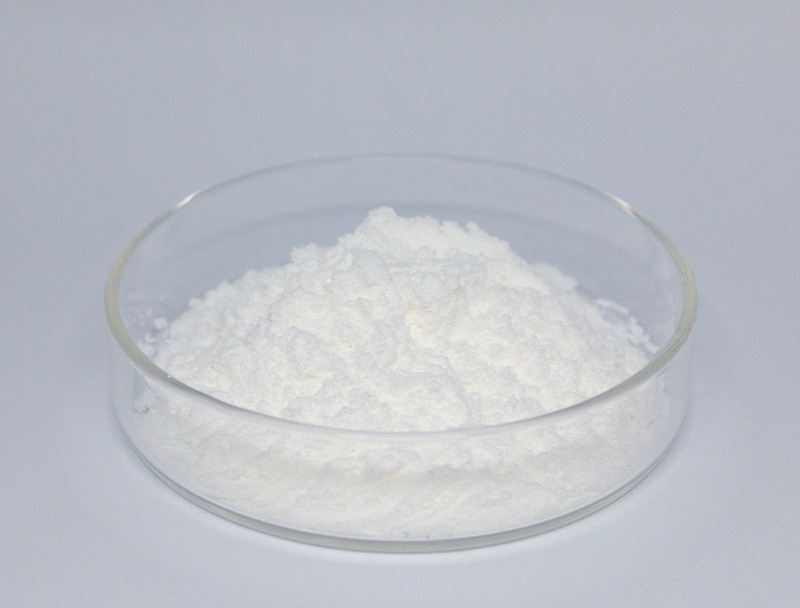safe ingredients eco grade feedstocks gamma-aminobutyric acid for biotech
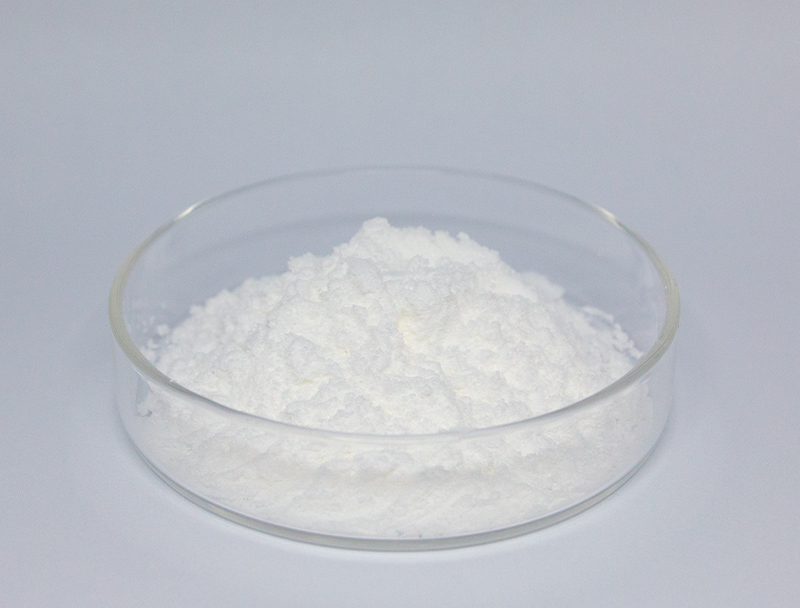
Modern biofabrication is grounded in a diverse spectrum of base components to yield progressive bio-based commodities.
Protecting responsible procurement of such inputs is vital for future-proofing and moral progress in biomanufacturing.
various risks tied to conventional feedstock acquisition like ecosystem disruption and unsustainable harvesting. Consequently, biotech firms need proactively to adopt sustainable procurement approaches to reduce environmental impact.
- Examples of sustainable sourcing practices include:
- Harnessing secondary biomass from farming outputs
- Installing reclamation workflows to diminish waste and heighten recovery
- Working with community-based suppliers that follow ethical standards
Adopting sustainable feedstock strategies yields environmental wins alongside fiscal sustainability.
Tuning Feedstock Characteristics for Higher Biofuel Efficiency
Optimizing biofuel yields depends strongly on feedstock quality and makeup. Research teams persist in studying techniques to boost feedstock performance, resulting in superior production volumes and sustainable energy gains. Approaches include genomic enhancements to boost biomass growth and processing methods to convert complex lignocellulose into fermentable sugars.
- Furthermore, teams search for alternative biomass sources including algal strains, industrial wastes, and crop leftovers to broaden sustainable feedstock options for fuels.
- Thanks to continuous exploration the sector is prepared to realize considerable strides toward an eco-friendlier energy mix.
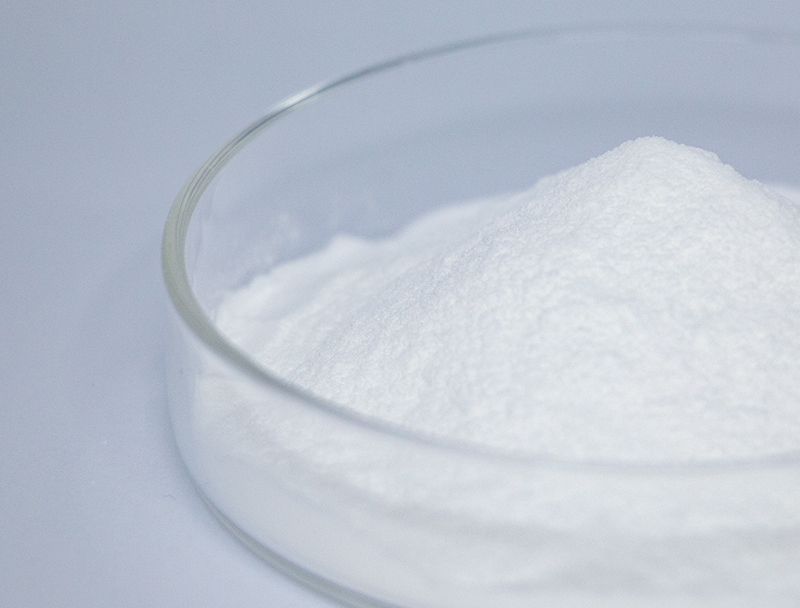
Advances in Biopharmaceutical Manufacturing: Focus on Upstream Operations
involves foundational activities from cultivation to biomass harvest Ongoing innovations have accelerated process enhancement leading to greater yields.
Important innovations consist of upgraded cell platforms, customized nutrient matrices, and smart bioreactor solutions. These advances improve throughput while lowering both operational expenses and ecological footprints.
- Likewise, the move to continuous systems facilitates better adaptability and streamlined upstream production.
- The progression to advanced biomanufacturing approaches should modernize the field and quicken therapeutic progress.
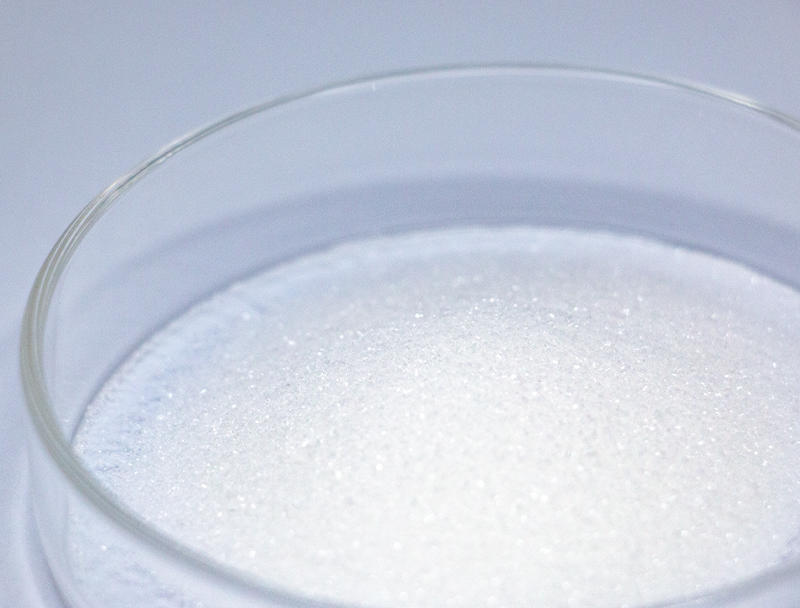
CRISPR and Beyond: Improving Biopharma Production
innovations in genome-editing toolsets have enhanced biopharmaceutical manufacturing. With exact genomic alterations, researchers improve host productivity for therapeutic manufacture. The approach may facilitate scalable, low-cost therapeutic production for numerous diseases.
Harnessing Microbial Biotechnology for Sustainable Bioremediation
forward-looking microbial interventions for environmentally friendly decontamination. Microbial communities can biotransform hazardous materials into lower-risk substances. Employing microbial processes facilitates remediation approaches that preserve ecosystem integrity while reducing pollution.. Scientists evaluate varied microbes for potential to remediate metal contaminants, pesticide compounds, and oil-derived pollutants.. Organisms may be utilized in controlled reactors or in place to accelerate contaminant decomposition through biodegradation..
Using microbes for cleanup carries distinct advantages compared with chemical or physical remediation approaches. This route is often more affordable and reduces the formation of toxic residues. Similarly, microbe-based remediation affords specificity that avoids extensive ecosystem disturbance. Research efforts persist to upgrade the potency and implementation of microbial remediation strategies.
Bioinformatics' Impact on Drug Design
Bioinformatics techniques are integral to present-day therapeutic development workflows. From target selection to safety profiling, bioinformatics empowers rapid, data-informed therapeutic design.
- By analyzing vast datasets of genomic, proteomic, and clinical data, bioinformaticians can uncover novel drug targets and predict the activity of potential therapeutics.
- Additionally, simulation tools enable prediction of binding and activity, guiding creation of more potent drugs.
- Ultimately, bioinformatics modernizes development workflows and expedites access to safe, beneficial medicines.
Metabolic Engineering Strategies for Enhanced Bioproduct Synthesis
deploys several tactics to elevate cellular production of valuable biochemicals. Strategies involve pathway refactoring by genetic modification, expression modulation for balanced flux, and grafting of novel genes to add capacity.. Through strategic metabolic edits practitioners can markedly increase the synthesis of target products.
Such holistic engineering could impact many areas including medical therapeutics, agricultural outputs, and biofuel production.
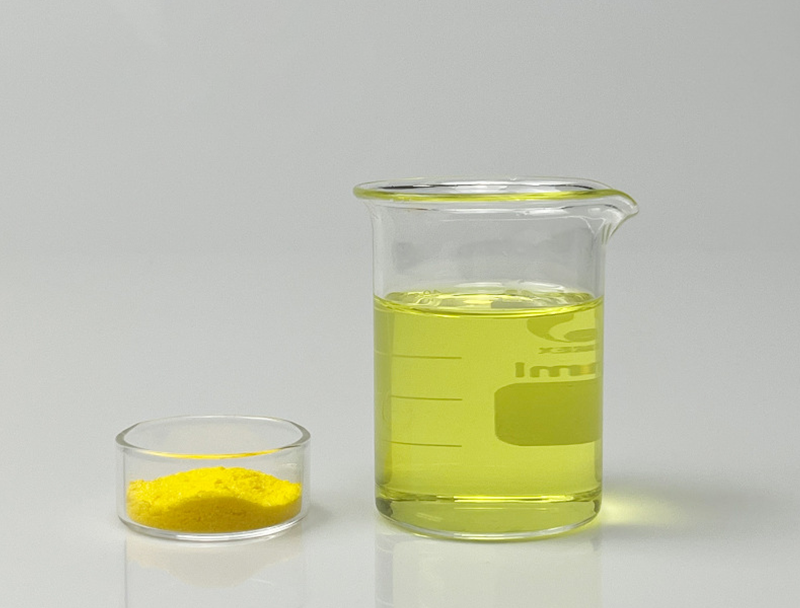
Scaling Biopharma: Difficulties and Strategic Opportunities
Upscaling therapeutic manufacturing brings major obstacles along with promising prospects. Keeping consistent product performance at elevated volumes is a significant challenge. Overcoming this requires advanced process control, continuous monitoring, and sensitive analytical platforms.
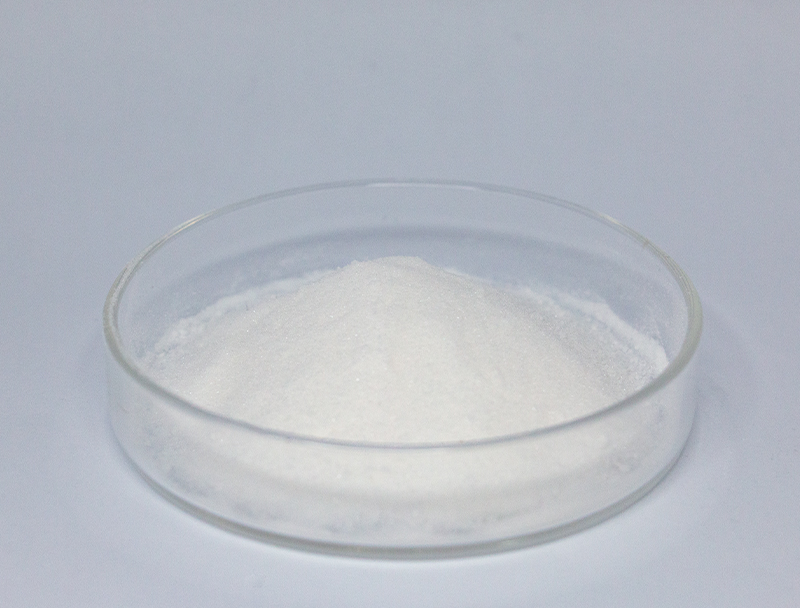
Also challenging is the layered complexity of biomanufacturing encompassing numerous sequential steps.. Converting small-scale procedures to plant-scale operations necessitates extensive innovation and optimization.. Yet, the returns can be substantial. Achieved scale can widen availability of treatments, lower manufacturing costs, and boost financial returns.
A range of strategies is being implemented to address scaling problems. Approaches include cutting-edge process optimization tech, comprehensive analytics for control, and disruptive manufacturing designs.
- Development efforts are also playing a crucial role in advancing biopharmaceutical production capabilities.
- Government agencies are streamlining review procedures to permit quicker uptake of new production technologies and foster innovation.
Understanding Regulatory Oversight to Ensure Biopharmaceutical Quality
Advancing biopharmaceuticals involves heavy regulatory scrutiny to secure product safety and proven efficacy. Products of biological origin introduce specific challenges that differ from standard drug development.
Regulatory authorities including FDA and EMA are central to creating criteria and processes for approving innovative biologics..
Robust assay and safety testing are obligatory from discovery through post-marketing surveillance.. The processes aim to expose risks and ensure that treatments meet exacting safety benchmarks.
Furthermore, regulatory bodies are constantly evolving their approaches to keep pace with the rapid advancements in biopharmaceutical research.. Actions include accepting new technologies and streamlining development channels while safeguarding patient health.

Harnessing Plant Feedstocks to Create Biodegradable Plastics
The rising demand for eco-friendly materials fuels R&D on bio-based alternatives. Bioplastics produced from plant biomass form a compelling option for lowering environmental footprint. Materials such as starch from corn, cellulose pulp, and sugarcane biomass are convertible into biodegradable polymers that lower plastic waste concerns.
Moreover, bioplastics can mirror key properties of fossil-derived plastics and fit diverse application needs.. Continued research and innovation in this field are crucial to unlocking the full potential of plant-based biomass feedstocks in the manufacture of sustainable bioplastics, paving the way for a circular economy.
Biotech Innovations Addressing Health and Food Challenges
Biotech provides transformative capabilities that can change healthcare outcomes and strengthen food systems. By applying gene editing, synthetic biology Calcium alpha-ketoglutarate constructs, and cellular therapies, scientists create tools to fight disease, raise yields, and boost nutrition.. As an example, crop genetic improvements for pest and stress resistance help boost production and cut dependence on chemical pesticides.. Also, biotechnological innovation fuels development of immunizations, antimicrobial treatments, and diagnostic platforms vital for disease control and population health.. With persistent development, biotech stands to offer transformative solutions for global health and long-term food security.
